Native Vines for Your Landscape
When it comes to creating a stunning and sustainable landscape, native vines are a game-changer. These versatile plants not only add a touch of natural beauty but also contribute to the local ecosystem. In this guide, we’ll explore some of the most captivating native vines that can transform your outdoor space into a flourishing oasis.
Embracing Biodiversity with Virginia Creeper (Parthenocissus quinquefolia)
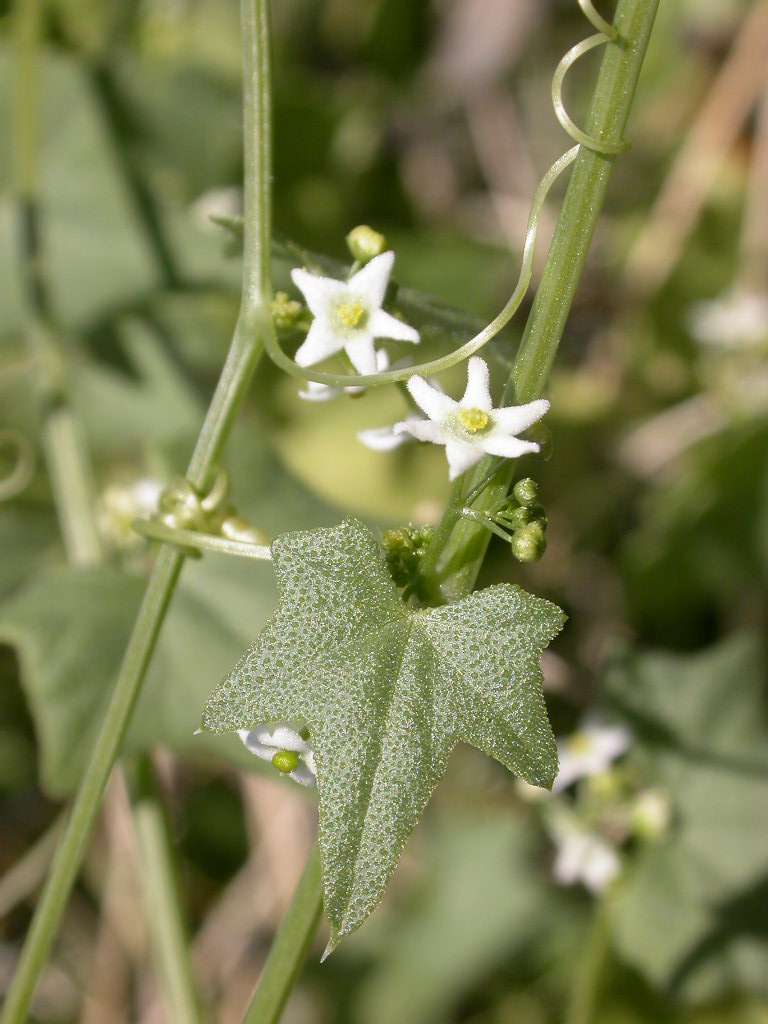
Parthenocissus quinquefolia, commonly known as Virginia Creeper, is a robust and fast-growing vine native to North America. Its vibrant green foliage transitions into a stunning array of reds and purples in the fall, creating a visual spectacle. This vine is an excellent choice for covering fences, trellises, or even walls, providing an enchanting backdrop to your landscape.
Moreover, Virginia Creeper is a boon for local wildlife, offering shelter and sustenance for birds and insects. Its berries are a favorite among many bird species, making it a valuable addition to any eco-conscious garden.
Adding Elegance with Trumpet Honeysuckle (Lonicera sempervirens)
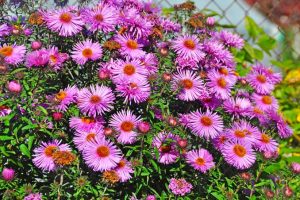
Lonicera sempervirens, or Trumpet Honeysuckle, is a native vine celebrated for its exquisite tubular flowers and vibrant, trumpet-like blooms. This vine is a magnet for hummingbirds, making it a delightful addition for bird enthusiasts. Its twining nature allows it to gracefully ascend trellises, arbors, and fences, adding vertical interest to your landscape design.
Beyond its visual appeal, Trumpet Honeysuckle is a low-maintenance plant, thriving in a variety of soil conditions. Its ability to attract pollinators also contributes to the overall health of your garden ecosystem.
Enchanting with Coral Honeysuckle (Lonicera sempervirens ‘Major Wheeler’)
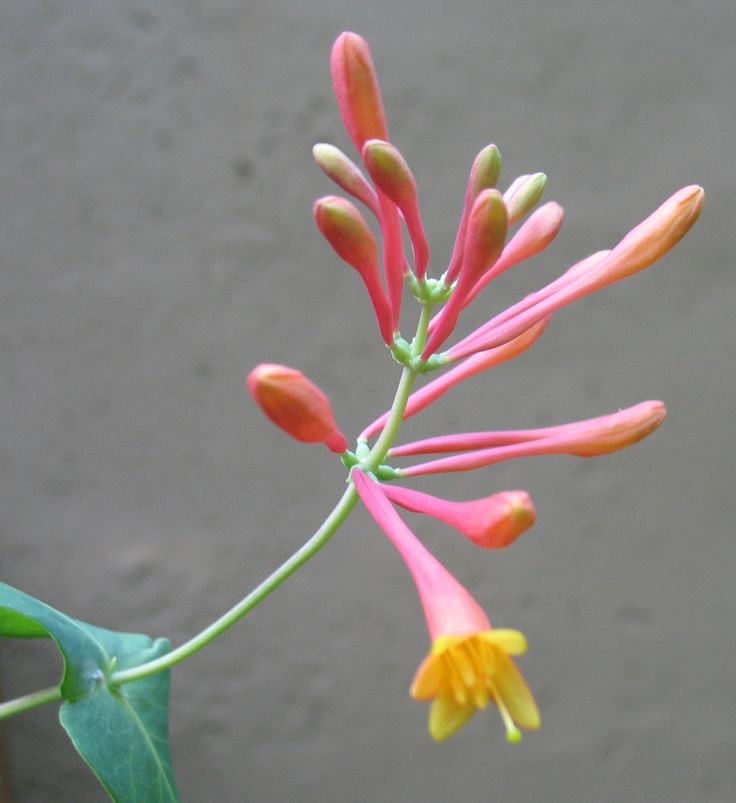
A variation of the Trumpet Honeysuckle, Lonicera sempervirens ‘Major Wheeler’, commonly known as Coral Honeysuckle, is a cultivar celebrated for its striking coral-red blossoms. This native vine not only provides a burst of color but also emits a sweet, alluring fragrance, making it a sensory delight for any garden.
Coral Honeysuckle is a versatile plant, thriving in both sun and partial shade. Its adaptability and resistance to pests make it a hassle-free addition to your landscape. Whether used as a ground cover, climber, or border plant, this vine is sure to captivate with its charm.
Creating a Thriving Habitat with Crossvine (Bignonia capreolata)
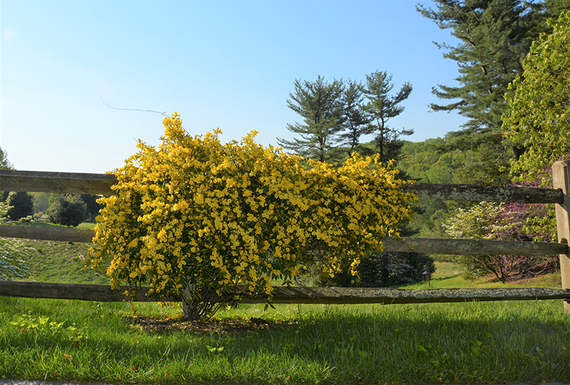
Bignonia capreolata, commonly known as Crossvine, is a native vine cherished for its lush foliage and show-stopping trumpet-shaped flowers. This vine is a sanctuary for various bird species, providing a safe haven for nesting and foraging. Its vigorous growth habit makes it an ideal choice for covering large areas, offering a verdant tapestry of greenery.
Crossvine is a hardy plant, tolerant of a range of soil types and moisture levels. Its adaptability to different growing conditions makes it a reliable choice for landscapes across various regions.
FAQ
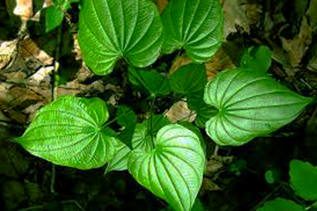
Q: Are native vines low-maintenance?
A: Yes, native vines are typically low-maintenance once established. They are adapted to local conditions and require minimal intervention.
Q: How do I support the growth of these vines?
A: Providing adequate support structures like trellises, arbors, or fences will help the vines thrive. Regular pruning and occasional fertilization can also promote healthy growth.
Q: Can I find these native vines at local nurseries?
A: Yes, many nurseries now offer a diverse selection of native plants, including these vines. It’s advisable to check with local suppliers for availability.
Q: Do native vines attract wildlife?
A: Absolutely! Native vines, like Virginia Creeper and Trumpet Honeysuckle, are known to attract birds and pollinators, contributing to a vibrant and biodiverse ecosystem.
tag
- chicken feed
- how to Keep Chickens Off Your Porch
- How to grow oyster mushrooms at home
- Growing Kale in Pots


0 Comments